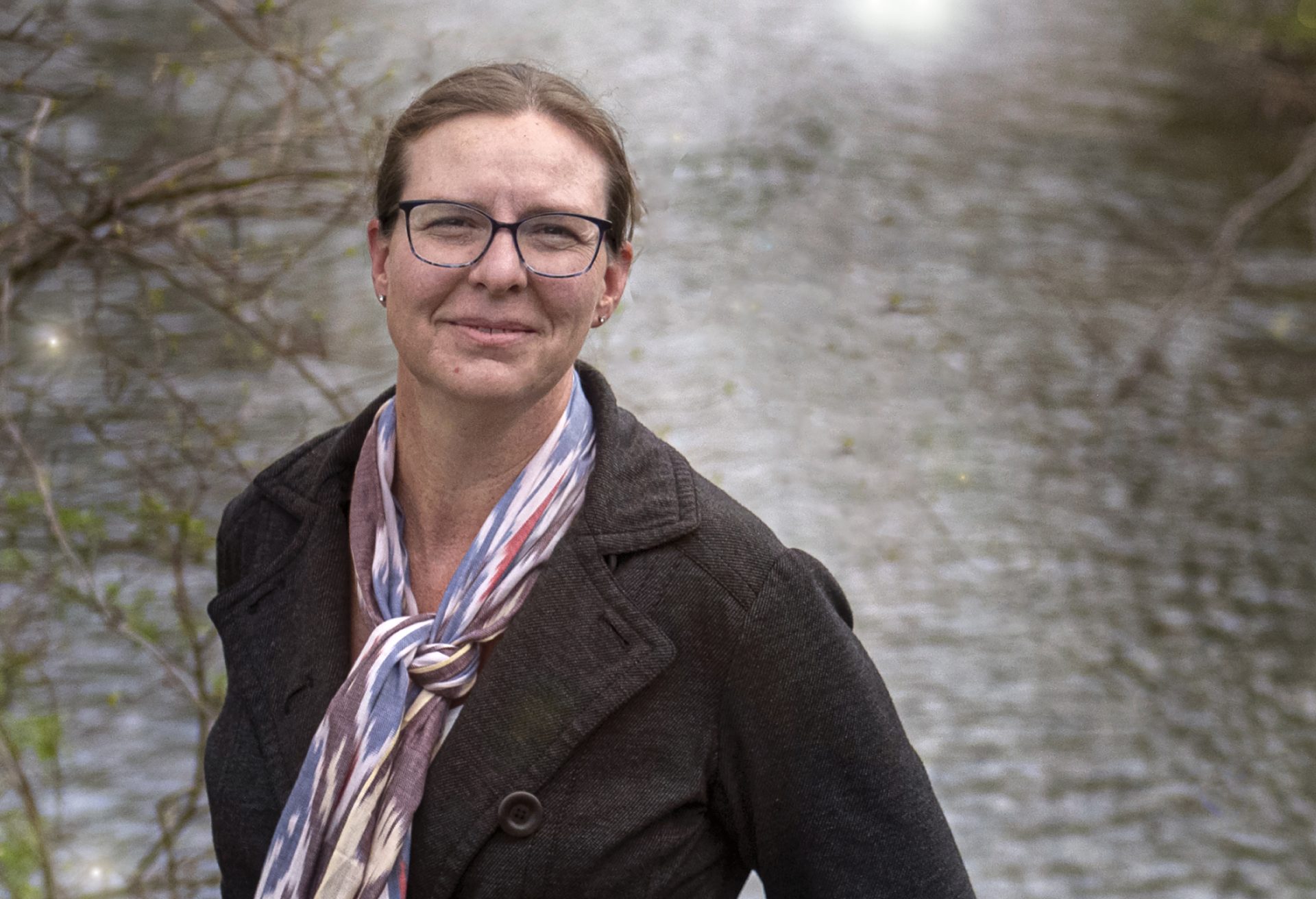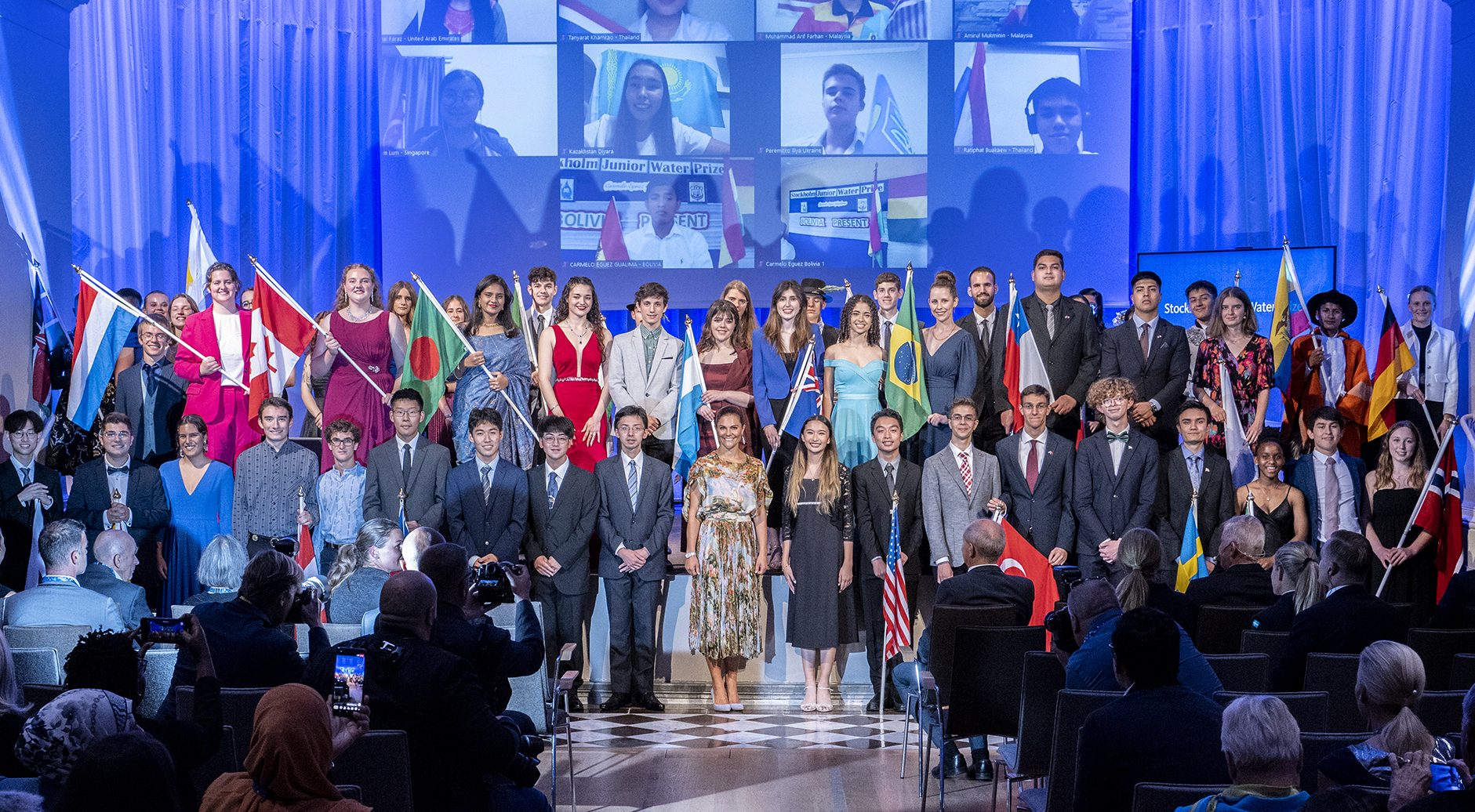After two years on the Jury of the Stockholm Junior Water Prize, Dr Lara Fowler is taking over as Chair. She is with Penn State University, USA, and became passionate about water issues already as a teenager. Here she talks about her new role as the Chair of the Jury and the power of young innovators.
The Stockholm Junior Water Prize is the world’s most important competition for water innovators in the age group 15-20. Contests are held in 37 countries this year and the national winners will travel to Stockholm in August to take part of the international finals during World Water Week.
The jury, consisting of top water experts from different parts of the world, will review all the projects competing in the finals and interview the contestants. Since 2017, the Jury has been led by well-known Swedish science journalist Victoria Dyring, who successfully navigated the process through the challenging pandemic years despite lockdowns and closed schools. Now she is stepping down and handing over the baton to Lara Fowler who is Professor of Teaching, interim Chief Sustainability Officer and interim Director of the Sustainability Institute at Penn State University, USA.
What does it feel like to become the Chair of the Stockholm Junior Water Prize?
First of all, I am honored to be asked. I started working on water issues when I was in high school myself and I love the power of students to ask questions and not accept the status quo. And I love that Stockholm has for such a long time celebrated water.
I was in Sweden from 2019 to 2020 on a Fulbright scholarship, working on water-related questions, and became a juror during the Covid-19 pandemic. It was interesting to interview people remotely, but now I am looking forward to meeting people in person.

